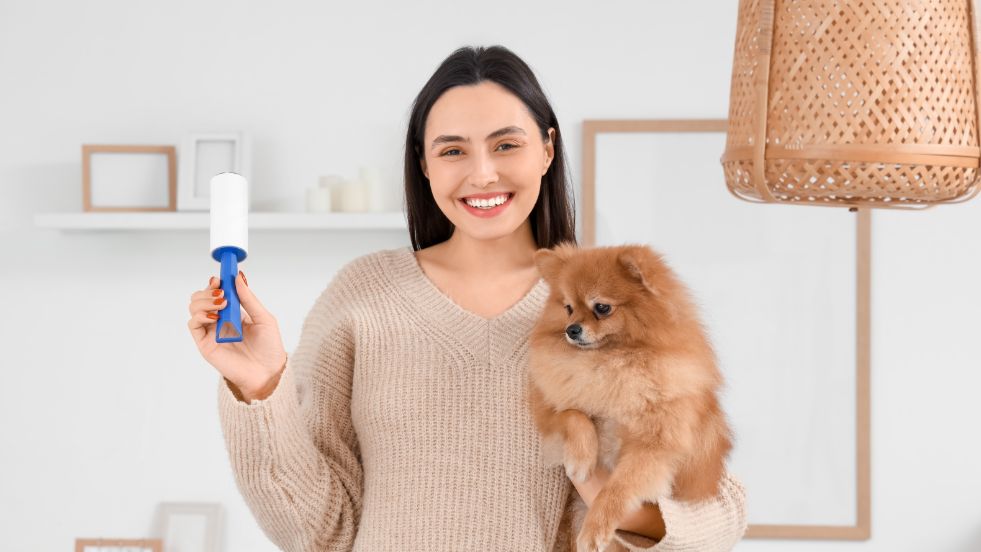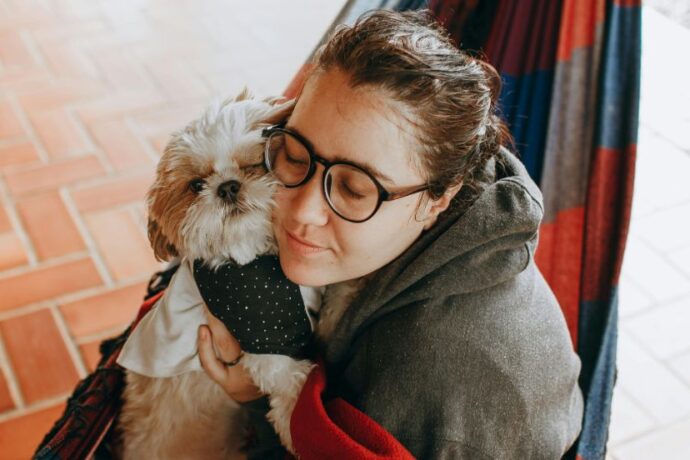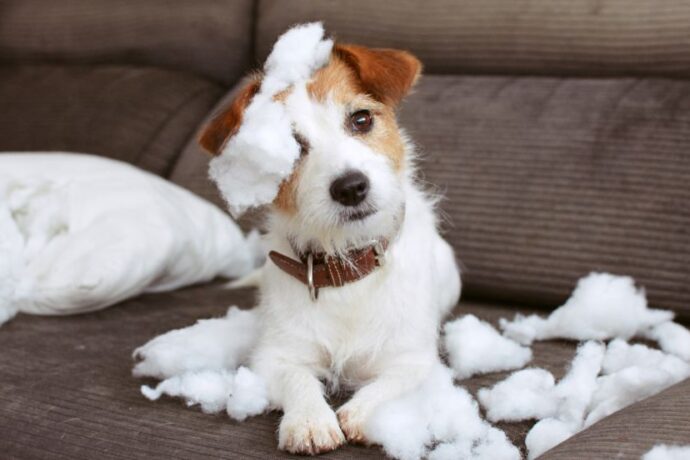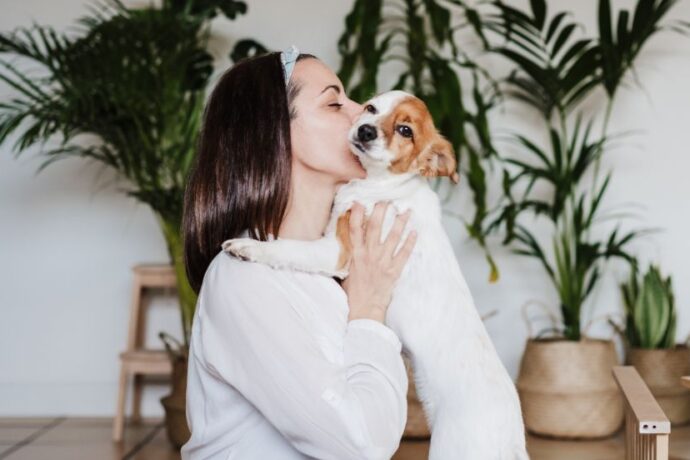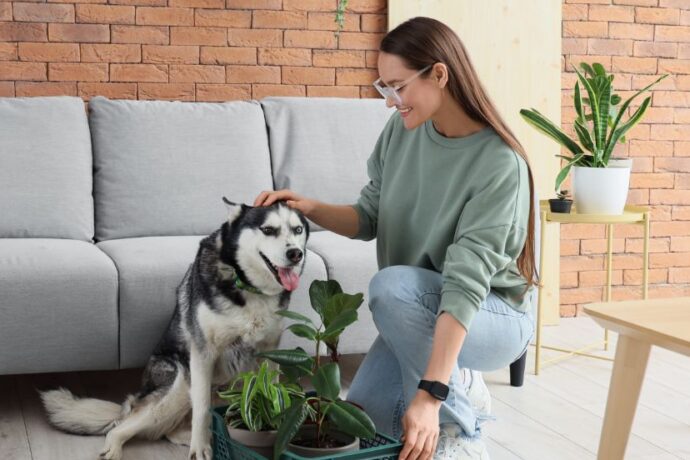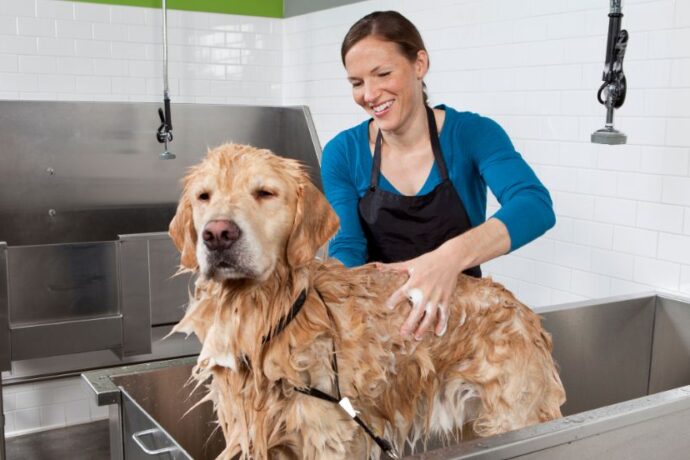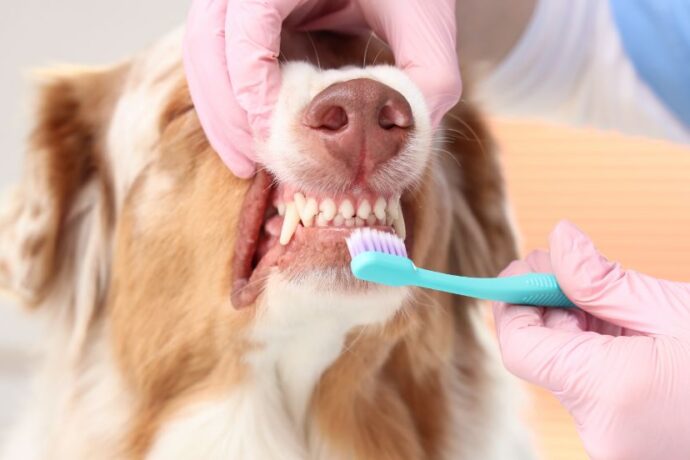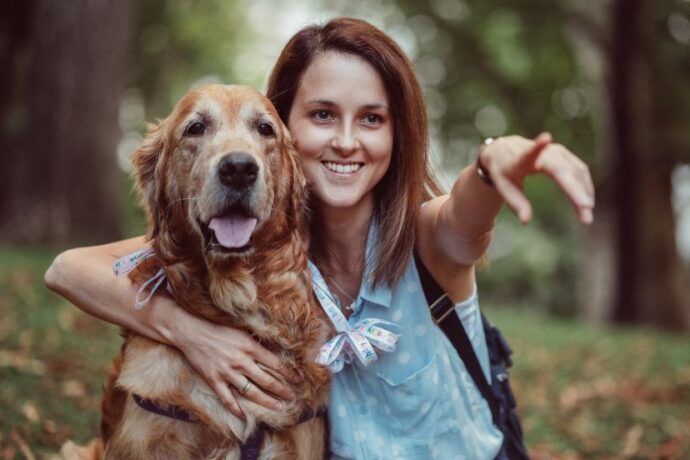If you share your home with a dog, you know that pet hair seems to find its way everywhere — especially onto your clothes. Whether you’re heading to work in black pants or lounging on the couch, stubborn dog hair clings to fabric like static glue. Regular washing doesn’t always solve the problem, and sometimes it even makes things worse.
Understanding why dog hair sticks is the first step to tackling it effectively. Dog hair contains microscopic barbs that latch onto fibers, especially textured or synthetic materials. Static electricity also plays a major role — dry fabrics attract pet hair through electrical charge. But don’t worry — with the right tools, techniques, and a few clever tricks, you can keep your clothes looking fresh, clean, and fur-free.
The Ultimate Step-by-Step Guide to Removing Dog Hair from Clothes
Step 1: Shake It Out First
Before throwing your clothes into the washer, take them outside and give them a good shake. This loosens up the top layer of dog hair and prevents your washing machine from getting clogged. For heavier fabrics like coats or blankets, using a lint brush before shaking can make the process even more effective.
Step 2: Use a Dryer Sheet in the Dryer (Before Washing)
Here’s a trick many pet owners swear by: toss your clothes into the dryer before washing for about 10 minutes with a dryer sheet or microfiber ball. The tumbling action and anti-static properties help release most of the dog hair. Once done, remove the lint from the dryer filter — you’ll be amazed at how much fur comes off!
Step 3: Wash with Vinegar or Fabric Softener
When it’s time to wash, add ½ cup of white vinegar to the rinse cycle. Vinegar helps relax fabric fibers and reduce static, making it easier for hair to wash away. Alternatively, use a liquid fabric softener — both options loosen hair from fabric and prevent it from clinging again.
Step 4: Choose the Right Washer Settings
Select a pre-rinse or deep rinse cycle. The extra rinse helps remove lingering pet hair that might otherwise stick to damp clothing. Use warm water for cotton and blended fabrics, but cold water for delicate items to protect the material.
Step 5: Clean Your Washer and Dryer After Each Load
Pet hair doesn’t just stick to your clothes — it can accumulate inside your washer and dryer, too. After each cycle, wipe down the drum with a damp microfiber cloth and remove hair from the lint trap. Once a month, run an empty hot wash with a bit of vinegar to keep your machine fresh and fur-free.
Step 6: Finish with a Lint Roller or Rubber Glove
Even after washing and drying, a few stubborn hairs might linger. A lint roller is your best friend for quick touch-ups. If you’re out of rollers, use a slightly damp rubber glove — the static and moisture attract dog hair instantly. Simply run your hand over the fabric to lift the hair.
Step 7: Prevent Hair Buildup with Regular Grooming
The easiest way to keep clothes hair-free is to minimize shedding at the source. Regular brushing — especially during shedding season — significantly reduces loose fur. Bathing your dog with a gentle de-shedding shampoo can also help keep excess hair under control.
The Science Behind Pet Hair Cling
Dog hair’s grip on clothing isn’t just a nuisance — it’s physics. The combination of static electricity and fabric texture creates the perfect storm for hair adhesion. Synthetic fibers like polyester and nylon generate more static than natural ones, such as cotton, which is why your gym clothes or leggings often attract more fur.
A 2018 study published in the Journal of Textile Science and Engineering found that static charge accumulation on certain fabrics increases the adherence of fine particles — including hair and lint (1). Dryer sheets, fabric softeners, and vinegar all help neutralize these charges, reducing static cling and helping pet hair release during washing and drying.
Moreover, researchers have noted that humidity plays a role — drier air (common in cooler months or air-conditioned homes) increases static buildup. Keeping your laundry room slightly humid or using a humidifier can reduce the attraction between fabric and fur.
FAQ’s Frequently Asked Quetions
1. What fabrics attract dog hair the most?
A. Synthetic materials like polyester, spandex, and nylon attract the most pet hair because they generate static electricity easily. Opt for cotton or tightly woven fabrics if you want to minimize fur buildup.
2. Can I use a pet hair remover ball in the washer?
A. Yes. Pet hair remover balls, made from soft silicone or rubber, can be added to your washer or dryer. They help trap and collect fur during the cycle, preventing it from sticking to your clothes.
3. Does washing clothes remove dog hair completely?
A. Not always. Washing alone won’t remove all the hair, especially if the clothes are heavily covered. Pre-drying, adding vinegar or fabric softener, and using lint rollers afterward ensures better results.
Conclusion:
Living with a dog means accepting that a bit of fur will always find its way into your life — but it doesn’t have to ruin your wardrobe. With a few smart habits and the right cleaning techniques, you can easily manage and minimize dog hair on your clothes. Pre-drying, using vinegar, maintaining your laundry appliances, and regular grooming make all the difference.
References:
1. Static electricity in printing and packaging production processes

